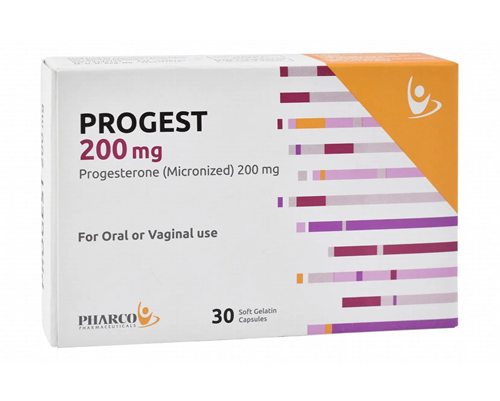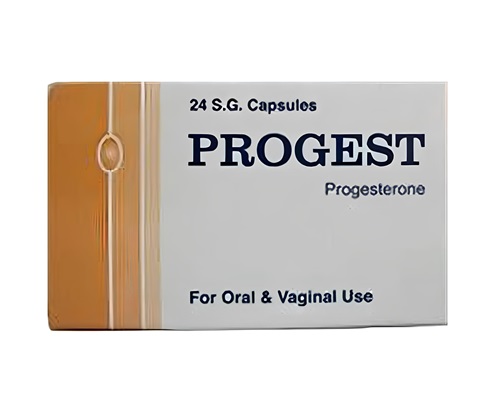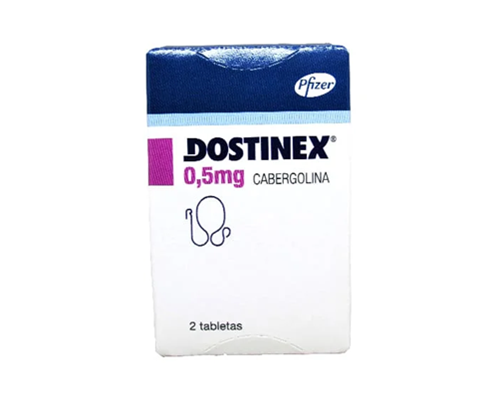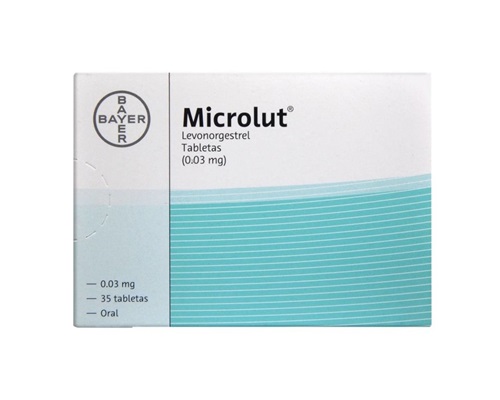Description
Trade name:
Norocarmena
Compound:
Each tablet contains:
drospirenone 3 mg
ethinyl estradiol 0.03 mg
Auxiliary components:
lactose monohydrate, corn starch, pregelatinized corn starch, povidone-K25, magnesium stearate.
Film coating composition (Opadry II white Colorcon 85G18490): polyvinyl alcohol, titanium dioxide, macrogol-3350, talc, soy lecithin.
Properties:
The drug Norocarmen is a combined (estrogen + gestagen) oral contraceptive drug (COC). The contraceptive effect of the drug is achieved through complementary mechanisms, the most important of which are: suppression of ovulation and changes in the endometrium that prevent implantation of the fertilized egg.
When used correctly, the Pearl Index (a measure of the number of pregnancies that occur in 100 women using the contraceptive for one year) is less than 1. If pills are missed or used incorrectly, the Pearl Index may increase.
Women who take COCs experience more regular cycles, less painful menstrual-like bleeding, less intense and shorter bleeding, which reduces the risk of iron deficiency anemia.
The progestogen component of the drug, drospirenone, has a weak antiandrogenic effect (helps reduce acne, seborrhea) and mild antimineralocorticoid properties (can prevent weight gain and the occurrence of other symptoms, such as edema associated with estrogen-dependent fluid retention). Clinical studies show that the antimineralocorticoid properties of drospirenone lead to a slight antimineralocorticoid effect.
It has no estrogenic, glucocorticoid or antiglucocorticoid action. This provides drospirenone with a pharmacological profile similar to natural progesterone. This should be taken into account when choosing a contraceptive, especially for women with hormone-dependent fluid retention, as well as women with acne and seborrhea.
Indications:
Oral contraception.
Method of administration and dosage:
The tablets should be taken orally in the order indicated on the pack, every day at about the same time, with a small amount of water. Take 1 tablet per day continuously for 21 days. Taking tablets from the next pack begins after a 7-day break, during which menstrual-like bleeding usually occurs (withdrawal bleeding). As a rule, it begins on the 2-3 day after taking the last tablet and may not end before starting to take tablets from the next pack. Taking tablets from a new pack should begin on the same day of the week, so withdrawal bleeding will occur at about the same time each month.
Start of drug intake (hormonal contraceptive was not used in the previous month)
The intake of Norocarmen begins on the first day of the menstrual cycle (i.e. on the first day of menstrual bleeding). It is permissible to start taking on the 2nd-5th day of the menstrual cycle, but in this case it is recommended to additionally use a barrier method of contraception (e.g. a condom) during the first 7 days of taking the tablets from the first package.
Contraindications:
– venous thrombosis or thromboembolism (VTE), including deep vein thrombosis (DVT) and pulmonary embolism (PE), currently or in history;
– arterial thrombosis or thromboembolism (ATE), including myocardial infarction and stroke; or prodromal conditions (transient ischemic attack, angina);
– identified hereditary or acquired predisposition to VTE or ATE, including resistance to activated protein C, hyperhomocysteinemia, antithrombin III deficiency, protein C deficiency, protein S deficiency, antiphospholipid antibodies (anticardiolipin antibodies, lupus anticoagulant);
– the presence of pronounced or multiple risk factors for VTE or ATE (smoking at the age over 35, obesity with a BMI of 30 kg/m2 or more, any surgery on the lower extremities, in the pelvic area or neurosurgery, complicated valvular heart disease, atrial fibrillation), or one serious risk factor, such as:
– uncontrolled arterial hypertension;
– diabetes mellitus with diabetic angiopathy;
– severe dyslipoproteinemia;
– extensive surgical interventions with long-term immobilization;
– migraine with focal neurological symptoms currently or in history;
– severe chronic renal failure or acute renal failure;
– liver failure, acute or chronic liver disease of severe degree (until normalization of liver function test parameters);
– liver tumors (benign or malignant) currently or in history;
– diagnosed hormone-dependent malignant neoplasms (including those of the genital organs or mammary gland) or suspicion of them;
-bleeding from the genital tract of unknown etiology;
– hypersensitivity to drospirenone, ethinyl estradiol or any of the excipients in the drug;
-hypersensitivity to peanuts or soy;
– pregnancy, including expected pregnancy;
– the period of breastfeeding.
Precautions:
The increased risk of thromboembolism in the postpartum period should be taken into account.
Peripheral circulatory disorders may also be observed in diabetes mellitus, systemic lupus erythematosus, hemolytic uremic syndrome, chronic inflammatory bowel diseases (Crohn’s disease or ulcerative colitis), and sickle cell anemia.
An increase in the frequency and severity of migraine (which may precede cerebrovascular accidents) during the use of COCs is a reason for immediate discontinuation of these drugs.
Side effects:
From the nervous system: often – headache, emotional lability, depression; uncommon – decreased libido.
From the endocrine system: often – menstrual cycle disorders, intermenstrual bleeding, pain in the mammary glands; rarely – discharge from the mammary glands.
From the sensory organs: rarely – hearing loss, poor tolerance of contact lenses.
From the digestive system: often – nausea, abdominal pain.
From the skin and subcutaneous tissue: uncommon – acne, eczema, skin rash, urticaria, erythema nodosum, erythema multiforme, itching, chloasma (especially with a history of chloasma of pregnancy).
From the vascular system: often – migraine; uncommon – increase or decrease in blood pressure.
Systemic disorders and complications at the injection site: common – weight gain; uncommon – fluid retention.
From the reproductive system and mammary glands: often – acyclic vaginal bleeding (spotting or breakthrough uterine bleeding), engorgement, soreness, enlargement of the mammary glands, vaginal candidiasis.
Storage method:
At a temperature not exceeding 30 degrees.
Package:
The cardboard box contains 1 blister of 21 tablets and paper instructions.









